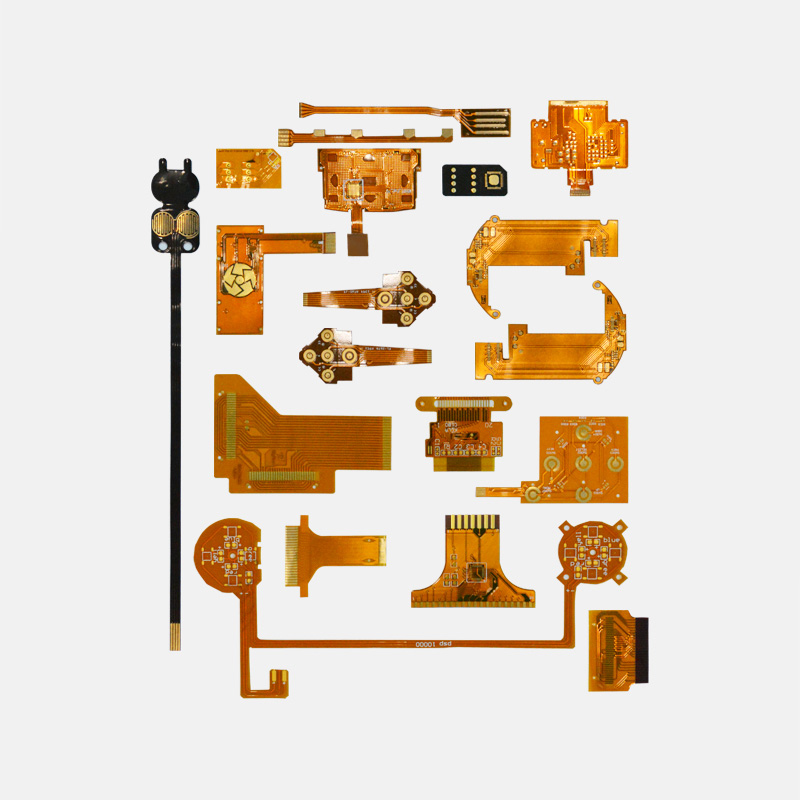Why Flexible PCBs are the Future of Electronics Design
Unlocking the Potential of Compact, Durable, and Versatile Electronics

The world of electronics design is constantly evolving, and the future looks increasingly flexible. That's because flexible printed circuit boards (flexible PCBs) are poised to take the industry by storm, offering unprecedented design freedom, durability, and performance.
1. Design Flexibility
Flexible PCBs allow designers to create electronics that conform to any shape or form, making them perfect for use in compact and complex devices. This design flexibility opens up a world of possibilities for engineers, allowing them to create innovative products that would be otherwise impossible with traditional rigid PCBs.
2. Durability
Flexible PCBs are not just bendable but also highly durable, making them ideal for use in devices that are constantly being flexed or bent, such as smartwatches, foldable phones, and wearable technology. Their durability ensures that these devices can withstand millions of flexures without failure.
3. Versatility
Flexible PCBs can be used in a wide range of applications, from consumer electronics to medical devices to aerospace and beyond. Their adaptability allows them to be integrated into all sorts of devices and systems, further highlighting their potential as the future of electronics design.
4. Performance
Flexible PCBs offer superior performance compared to traditional rigid PCBs. They have a lower profile, which means they are thinner and lighter, making them ideal for use in devices that require lightweight and compact designs. Additionally, their flexibility allows for better signal transmission and higher density, further enhancing their performance capabilities.
5. Cost-Effectiveness
Finally, flexible PCBs are cost-effective. While initial production costs may be higher than traditional rigid PCBs, the material and production efficiencies achieved with flexible PCBs lead to lower overall production costs. This cost-effectiveness makes them even more attractive for electronics manufacturers.
In conclusion, the future of electronics design is clearly pointing towards flexible PCBs. Their design flexibility, durability, versatility, performance, and cost-effectiveness make them the ideal choice for creating the next generation of innovative and durable electronics devices. As technology continues to advance, it's likely that we'll see even more applications and uses for these remarkable circuit boards.



